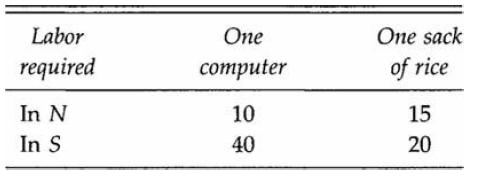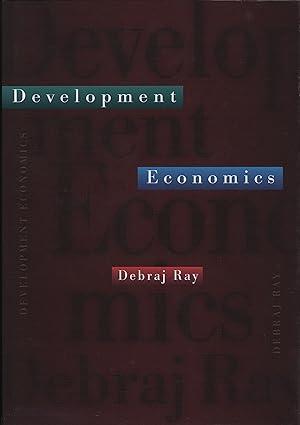Here is another exercise on the Ricardian model: If less resources are used in country N to
Question:
Here is another exercise on the Ricardian model: If less resources are used in country N to produce each of the goods, how is it that country S gets to export one of the goods? The answer is that country N must pay its factor of production (labor in our example) a higher wage. To appreciate this point, suppose that both countries have a common currency, say dollars. Now we know that not only the relative international prices of the commodities must be the same, but so must be the absolute level of each of these prices (otherwise the country with the lower price would not have any of that product sold in it). Now say that the equilibrium international price is $100 for both a sack of rice and a computer (so that the relative price is 1:1). Solve for the incomes of labor in the two countries, given that all sales revenues are paid out as wages. Use Table 16.5, of course. Which country has the higher wage income?
Table 16.5

Step by Step Answer:






